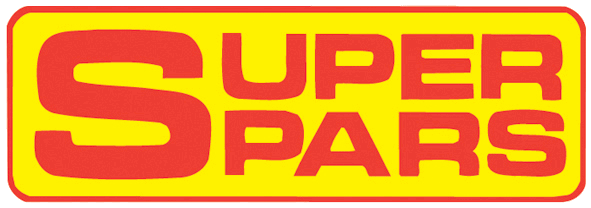Our Carbon Tube Manufacturing Process - 'Roll-wrapping'
Introduction
We use a "Roll-Wrapping" process which produces carbon tube which has higher strength to weight characteristics than other methods of manufacture.
The unique high pressure shrink wrapping process has developed through years of exhaustive research and development which produces higher quality composite tubing of the ultimate in strength and stiffness to weight ratios.
We use the most up to date materials available such as high modulus carbon fibre and kevlar using a very wide range of sized of metal mandrels built up over many many years of manufacture both parallel and tapered.
The Process
Roll wrapping process has been developed to give specific advantages over other processes used for carbon tube production. These processes have been enhanced and developed and now are tried and tested to produce tubing lighter, stiffer and stronger than previously possible.
The materials used are pre pregnated carbon fibre cloth which has different weaves woven into it in unidirectional, 45 degrees, 90 degrees or zero degrees with strictly controlled resin content which ensures that the tubes produced are the most consistent and the pressure rolling and wrapping systems developed produce tube of unrivalled consistent light and strong tube that matches our customers’ requirements.

Step 1 - Prepreg cloth
The rack of pre pregnated cloth rolls (pre impregnated cloth with resin) carbon or glass fibre or Kevlar waiting to be consumed. The pre pregnated cloth is warehoused in a large freezer to keep the material from deteriorating.

Step 2 - Pattern Cutting
The Pre Preg is cut into specific shapes known as patterns which vary in shape, size and type of weave of cloth. The Tube design is very much affected by the 'cut of the cloth, number of layers and the patterns used. These patterns are cut using the computer controlled plotting machine to very high accuracy and very tight tolerances..

Step 3 Mandrel selection
The specific size of mandrel is chosen for the specific internal diameter. For tapered tubes the correct taper position is chosen to produce the tubes of the correct internal profile. The patterns kits will then be selected in a specified order which are then wrapped in turn tightly around the mandrel.

Step 4 Wrapping
The edges of the cut patterns are adhered to the mandrel with a hot iron to fix the leading edge of the patterns to the mandrel which requires steady and accurate hand and eye coordination. To give you an idea of the accuracy required, some of the mandrels are less than 1mm in diameter.
Step 5 Rolling
Then mandrel with carbon fibre patterns loaded is then rolled between the plates of a special high pressure table to ensure that the patterns are tightly compacted without any rucks or ridges giving a uniform surface finish.

Step 6 Pressure taping
The rolled carbon tube on the mandrel is then spun whilst applying the heat shrink wrap cellophane tape adding the pressure onto the mandrel with great force. The heat shrink wrap process gives the very fine circular textured finish which you will see in un-sanded carbon tubes.

Step 7 Curing
The mandrels loaded with the completed heat shrink wrapped tube is now ready to be cured and are loaded into an oven for the curing process to take place. This process is a very controlled process which ensures that the resin in the cloth flows and the shrink wrapping squeezes the cloth leaving only a small amount on the outside surface of the tubes..

Step 8 Mandrel Removal
The loaded mandrels are then removed from the oven after which the mandrels are drawn out leaving the hollow carbon tube ready to be trimmed, sanded, painted or stored ready for shipping. The mandrels have good durability and can be used many many times.

Step 9 Tape removal
The heat shrink tape is removed by high pressure water blasting which strips the heat shrink tape leaving a uniform consistent surface finish with the tube is ready to use. It can be mechanically ground to size or go to have paint coating to be applied or go with the tube in its natural finished state.

Step 10 Optional surface finishing/painting
If a customer requires the optional, a two-pot paint can be applied to give Ultra Violet resistance or a more cosmetically appealing coloured surface finish.

Step 11 Completed Tubes
Carbon tubes completed and ready to be packed and shipped.













